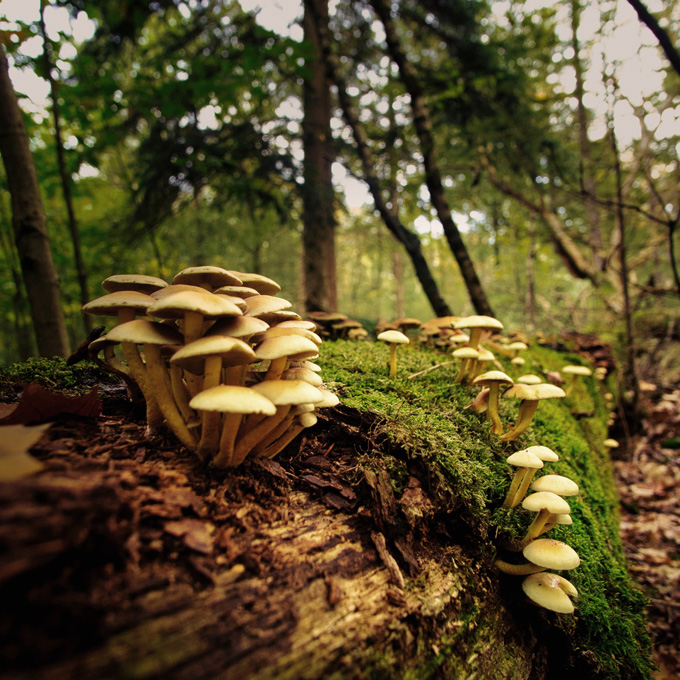PLANTS
Five cooking and healing herbs you can find in the mountains and five apps you can learn from on a tour.
Edelweiss and gentian are probably the first two alpine flowers that come to mind. But there are around another 4,500 plant species that thrive under the extreme mountain conditions. From mugwort to lady’s mantle, from mountain avens to lesser calamint – here are five medicinal and delicious plants to discover on your tour:
MUGWORT
Common mugwort is a herby, perennial plant with pinnatipartite leaves that have white fuzz on the underside. The flower heads are rather unassuming – a whitish grey or yellowy, reddish brown – and the ovoid leaves have a light smattering of fuzz on the underside.
It is an ancient medicinal plant that is still used today to treat bronchitis and menstruation problems, as well as for help with stomach cramps and to aid digestion. You guessed it: it tastes just as bitter as you would expect. It is great for adding to heavy, fatty dishes – but only in small doses.
BEWARE:
- Mugwort pollen can cause an allergic reaction
- The leaves look relatively similar to those of monkshood, which is highly poisonous. However, these do not have a hairy underside.
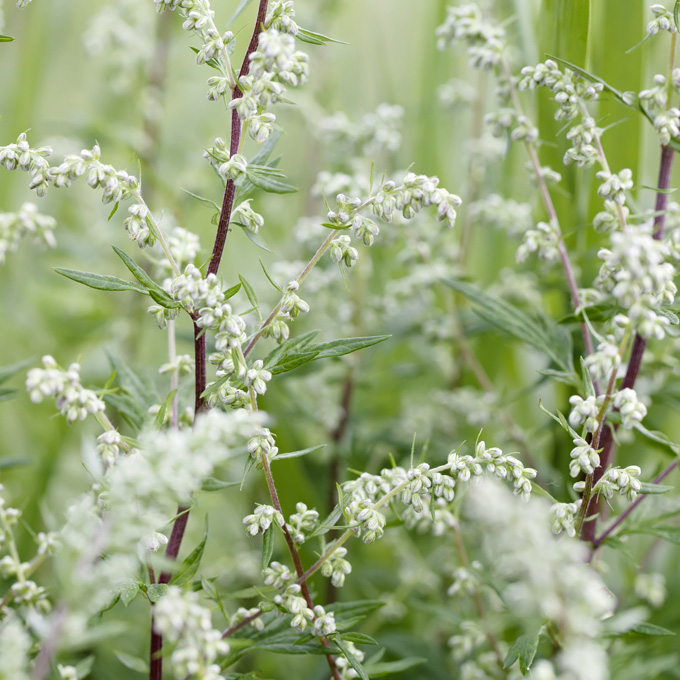
LADY’S MANTLE
In addition to the round leaves with hairs on the underside, you can recognize lady’s mantle by its clusters of small, yellowy-green flowers.
Its name comes from the shape of its leaves, which look like a cape, and from the fact that it has been used as a medicine to treat menstruation complaints since time immemorial.
A tea made from this herb is said to have stomach-settling, anti-inflammatory and blood-purifying effects. And thanks to its anti-bacterial effect, lady’s mantle is also used externally on wounds.
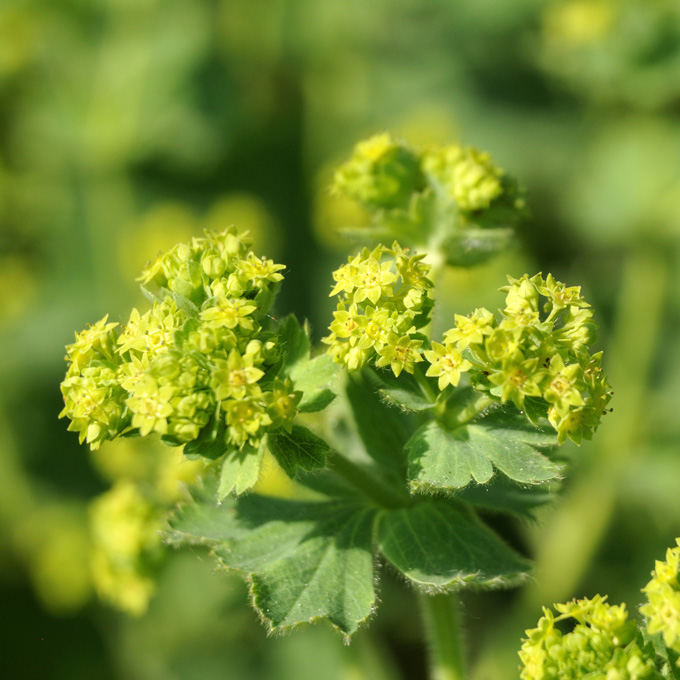
RIBWORT PLANTAIN
Everyone knows ribwort plantain: The flowers with their whitish yellow filaments, the sturdy stem and the long, ribbed, pointed leaves. It’s not a radiant beauty, and it’s likely to be overlooked. But it’s one of the most important medicinal plants – and it’s so resilient, that you can even find it above the tree line.
In Germany, it is also known as “meadow plaster”: The leaves have an antibacterial effect and can be applied to wounds or insect stings to soothe irritation. The same goes for the salve that you can apply to small cuts and stings.
As a tea, it is particularly good for coughs – but the leaves of the ribwort plantain (especially when freshly sprouted in spring) also have a pleasant, mushroomy taste in salads or with quark.
You can use ribwort plantain to treat wounds on a tour: For scrapes or inset stings, simply grind up the leaves and apply them to the area.
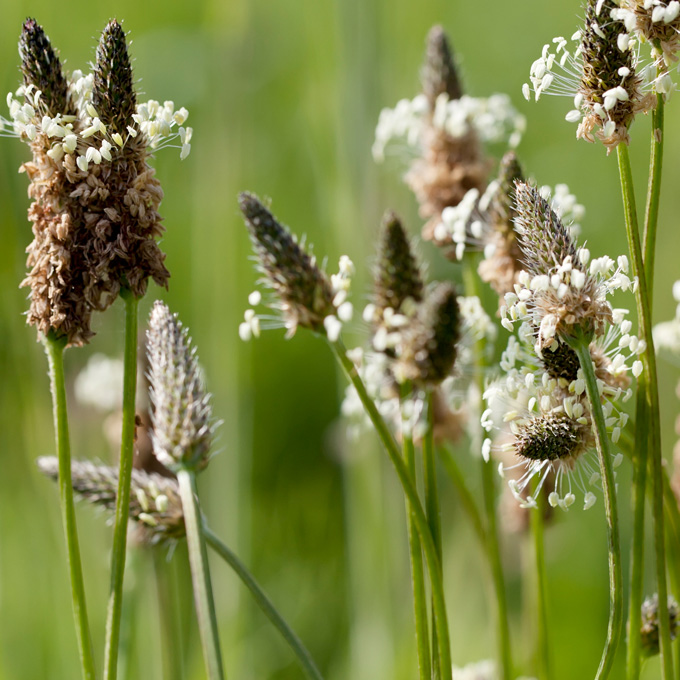
LESSER CALAMINT
Lesser calamint is a perennial plant that prefers gravelly ground and will thus not shy away from rock – it can be found up to 2,700m. It has small, purple flowers and lush green ovoid leaves with jagged edges – but it can be most easily recognized by its fragrant scent. It is also known as mountain mint or “the brother of thyme”, and it tastes and smells like it, too. It actually has a higher concentration of essential oils than real thyme.
The leaves can be used for teas, to make syrup, and can even be found in some mountain cheeses. But lesser calamint not only tastes good – it also has a balancing and invigorating effect.
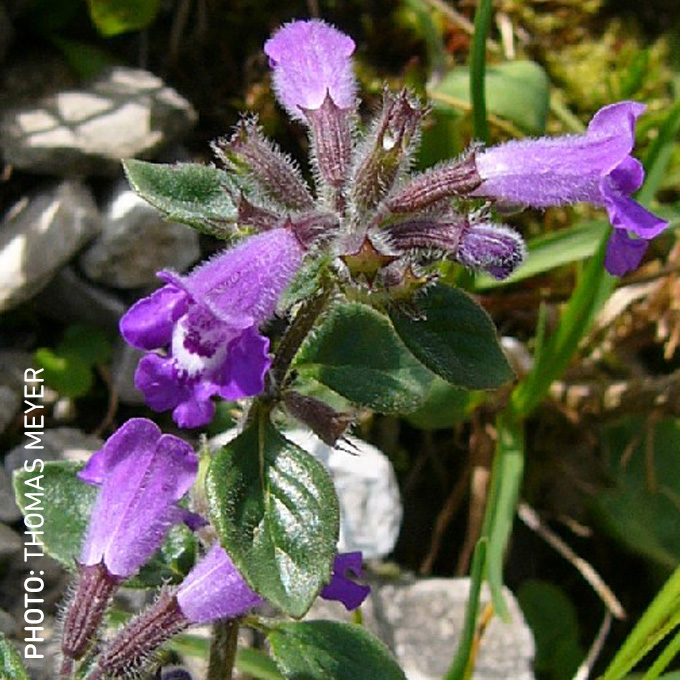
MOUNTAIN AVENS
Mountain avens (the national flower of Iceland) is a resilient dwarf shrub with a dense network of branches and prefers especially rocky areas in the high mountains, where it spreads out like a carpet of white flowers; it can reach up to 100 years old. The light-colored flowers have eight petals, and the leaves are slightly leathery with fine, silvery hairs on the underside.
The mountain avens is said to aid digestion and have a beneficial effect on the stomach and intestines, as well as an anti-inflammatory effect in the throat area.
WARNING: The mountain avens is a protected species in some regions across Europe!
NOTE: Be absolutely certain that you have correctly identified the plant and there is no chance of confusing it with a poisonous doppelganger. Do not gather any plants that are protected by a nature conservation efforts – and never gather in nature reserves! Only gather the parts of the plants that you really need and only as much as you will actually use. Do not gather plants while it is raining or shortly afterward, nor after a long dry period.
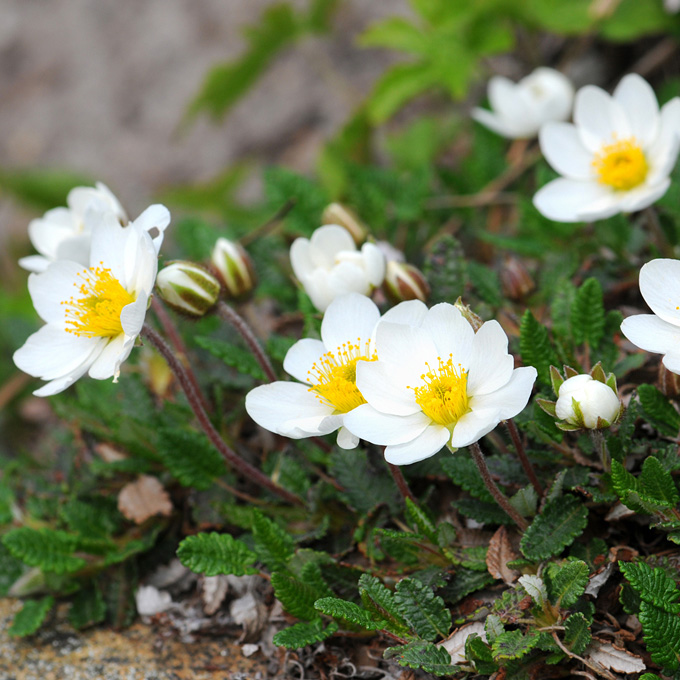
PLANTS
Let’s assume that you don’t know all 4,500 alpine plant species – but you’d like to be able to identify one or two and learn more about them.
hese five apps will help you do just that:
Developed by research institutes, the free PlantNet app allows you to identify plants by photographing them APPLE / ANDROID
Flora Incognita can also be used to identify plants by photographing them, and provides information about their traits, distribution, conservation status, etc. APPLE / ANDROID
iNaturlist is one of the most popular nature apps in the world and can be used to identify not only plants, but also insects APPLE / ANDROID
Seek by iNaturalist – Shazam for wildlife. Plus you can earn badges as you find new animals, plants, and birds APPLE / ANDROID
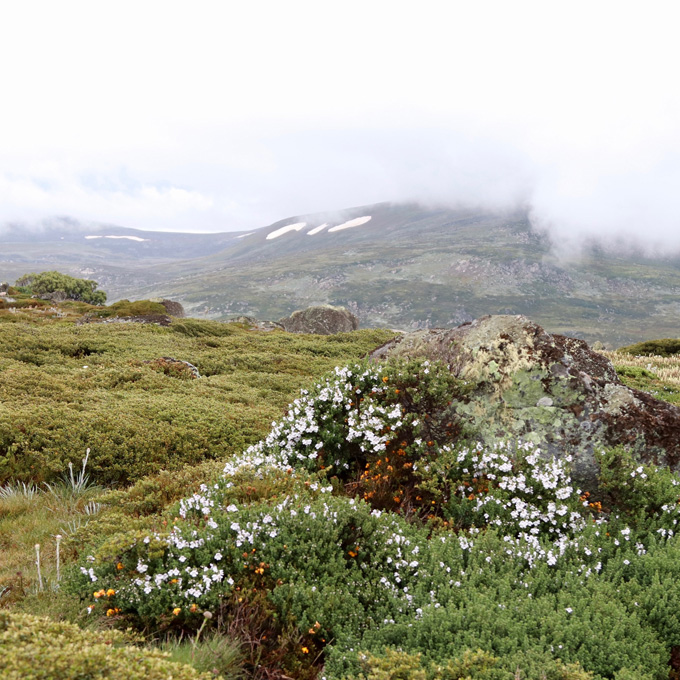
MUSHROOMS
First of all: Identifying edible mushrooms via app is not a reliable method for inexperienced gatherers, and can be extremely dangerous!
The apps Mushrooms PRO ($8.99 for Apple users) and iKnow Mushrooms 2 PRO ($11.99 für Android users) can be used to identify 300 different types of mushrooms.
Shroomify – FREE USA Mushroom Identification - The app comes pre-loaded with over 400 common Fungi and over 1000 images APPLE / ANDROID
